Commissioned by the French quarterly Trafic for its 102nd issue (Summer 2017). — J.R.
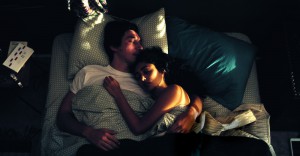
1. Jarmusch as dialectician
For some time now, Jim Jarmusch has been operating as an
autocritical dialectician in his fictional features. Politically as
well as commercially, The Limits of Control offers a sharp
rebuke to his preceding film, Broken Flowers, by following
Bill Murray as a protagonist — a bored and diffident Don Juan
roaming across the United States to visit four of his former
lovers, in order to discover which one he impregnated with
a son — with Isaach de Bankolé as a protagonist, a hired
assassin in Europe pursuing Bill Murray in the role of Dick
Cheney as he hides out in a bunker until the assassin
finally strangles him with a guitar string. But even more
striking is the radical contrast between Jarmusch’s most
elitist feature (and in many ways my least favorite), Only
Lovers Left Alive, about a romantic, middle-aged married
couple played by Tilda Swinton and Tom Hiddleston —
vampires named Adam and Eve who evoke junkies, rock
stars, and Pre-Raphaelite artists, living on separate
continents in Tangier and Detroit — and Jarmusch’s
most populist feature (and one of my favorites),
Paterson, about a younger romantic couple living together
in Paterson, New Jersey, a bus driver named Paterson
(Adam Driver) who writes poetry in his spare time and a
housewife named Laura (Golshifteh Farahani) who cooks,
specializes in creating black and white décor and clothing,
and is learning to play the guitar. Read more
Published in Contrappasso, coedited by Matthew Asprey Gear and Noel King, in 2015. — J.R.
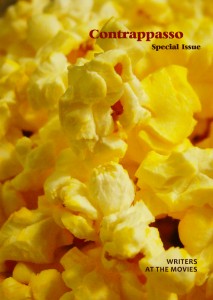
AN INTERVIEW WITH
JONATHAN ROSENBAUM
Matthew Asprey Gear
JONATHAN ROSENBAUM is one of the most respected film critics in the United States. His many books include Moving Places: A Life in the Movies (1980/1995), Placing Movies: The Practice of Film Criticism (1995), Movies as Politics (1997), Movie Wars: How Hollywood and the Media Limit What Films You See (2000), Essential Cinema: On the Necessity of Film Canons (2004), and Goodbye Cinema, Hello Cinéphilia: Film Culture in Transition (2010).
Rosenbaum has also been a lifelong champion of Orson Welles. Many of his writings on Welles are collected in Discovering Orson Welles (2007). He also edited and annotated This Is Orson Welles (1992/1998), an assembly of the legendary Peter Bogdanovich-Orson Welles interviews.
This brief conversation for Contrappasso, an update on Rosenbaum’s recent activities, was conducted by email in early 2015.
ASPREY GEAR: Jonathan, you retired from your position as film critic at the Chicago Reader in 2008. You now teach, write as a freelancer, and republish your voluminous archive at www.jonathanrosenbaum.net. How have your priorities changed since 2008?
ROSENBAUM: I’m no longer a regular reviewer, and therefore I no longer have to keep up with current releases and see films that I don’t want to see (the majority of what I was seeing at the Reader). Read more
Written for Chantal Akerman: Four Films, a DVD box set released by Icarus Films on March 29, 2016. — J.R.
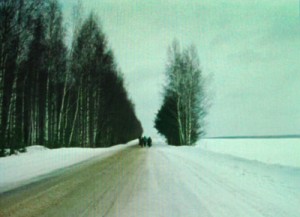

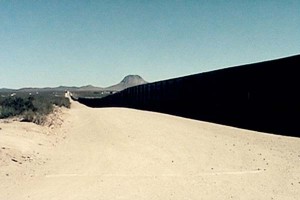
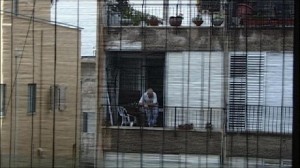
“When you try to show reality in cinema, most of the time it’s totally false. But when you show what’s going on in people’s minds that’s very cinematic.”
Chantal Akerman
If I had to describe the art of Chantal Akerman (1950-2015) in a single word, I think I’d opt for “composition”. This is a term that needs to be understood in its plastic as well as its musical meanings: a visual object that has to be framed in space, a musical object that has to be composed in time. And if we factor in the implied definitions offered above by Akerman regarding what’s reality and what’s cinematic, what’s going on in people’s minds and what’s going on in front of a camera and microphone, then we have to acknowledge that what she chooses to compose represents a kind of uneasy truce between all four elements (or five elements, if we regard sound and image as separate). How much she and we privilege mind over matter and cinema over reality — or vice versa — has a lot of bearing on what’s derived from the encounter. Read more






